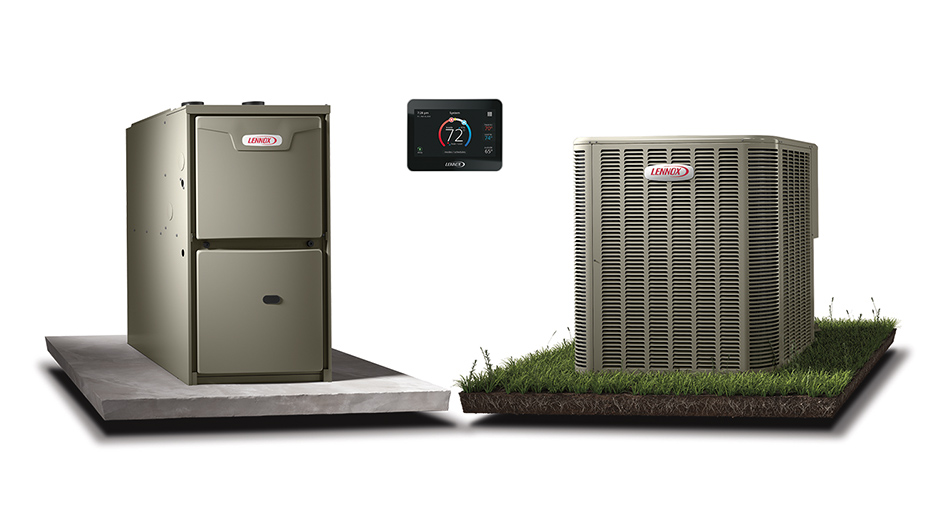
The idea of using both a furnace and heat pump might sound a little odd at first. After all, why would you need two sources of heat? While furnaces and heat pumps both deliver energy-efficient heat, the variations in their design genuinely make employing both of them a potential option. It’s not for all of us, but in the right conditions you will absolutely benefit from having a furnace and a heat pump.
You’ll want to think about several factors in order to decide if this sort of setup suits you. Your local climate and the size of your home are both very important, namely for the heat pump. This is because some models of heat pumps will work less efficiently in colder weather and larger homes. At the same time, you can still reap the benefits of heat pump installation in Auburn.
Heat Pumps May Be Less Effective in Colder Weather
Heat pumps are commonly less reliable in colder weather as a result of how they create climate control in the first place. As opposed to furnaces, which burn fuel to provide heat, a heat pump reverses its flow of refrigerant to extract heat from outdoor air. This heat is then brought inside and dispersed around your home. Assuming there is still some heat energy in the air, a heat pump will function. But the colder the temperature, the less efficient this process is.
The less heat energy is accessible outside, the longer it takes a heat pump to bring heat indoors to generate your desired temperature. It might depend on the specific make and model, but heat pumps can start to lose out on efficiency at temperatures of 40 degrees and colder. They should still be an energy-efficient option until 20-25 degrees, after which a gas furnace should be more effective.
What Temperatures Do Heat Pumps Run Best In?
Heat pumps manage best in moderate climates 40 degrees and up. That said, you don’t have to miss out on the benefits of a heat pump just because your local climate is cooler. After all, that’s why owning both a furnace and heat pump may be worth the cost. You can keep the heat pump for energy-efficient heat until the weather is cool enough to justify shifting to something like a gas furnace.
Some makes and models boast greater effectiveness in cold weather. For example, the Lennox MLA heat pump is capable of working at 100% capacity at 0°F. It can even continue running in temperatures as cold as -22°F. For maximum energy efficiency, you’ll likely still want to switch to the furnace in especially cold weather.
So Should I Install a Heat Pump if I Have a Gas Furnace?
If you’re serious about maintaining the most energy-efficient HVAC system achievable, owning a heat pump and gas furnace at the same time deserves the investment. Not only is a dual-heating system flexible, but it offers other benefits including:
- Dependable backup heating – A redundant heating system means even if one fails, you still have the means to heat your home. It may not be the most energy efficient, but it’s better than shivering in an unheated home while you wait for repairs.
- Fewer energy costs – The ability to pick which heating system you use based on the highest energy efficiency lowers your total costs. Smaller heating bills over the life span of these heaters can really add up to a lot of savings.
- Less strain on both systems – Compared to running one system all winter long, heating responsibilities are divided between the furnace and heat pump. Crucial hardware can survive longer since they’re not under constant use.
If you’re still not sure about heat pump installation in Auburn, don’t hesitate to contact your local certified technicians. They can evaluate your home’s comfort needs and help you figure out if a dual-heating HVAC system is the best option.



